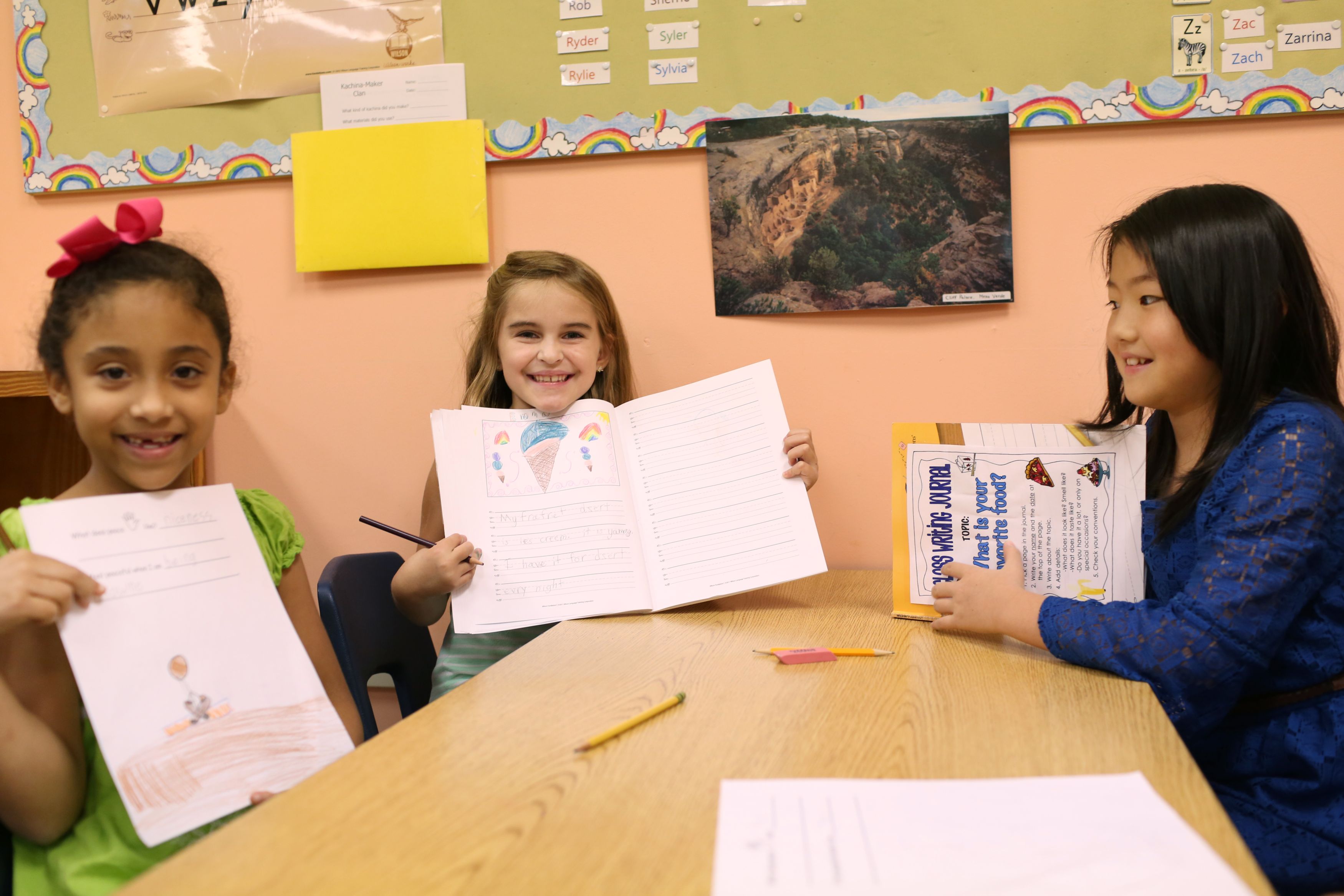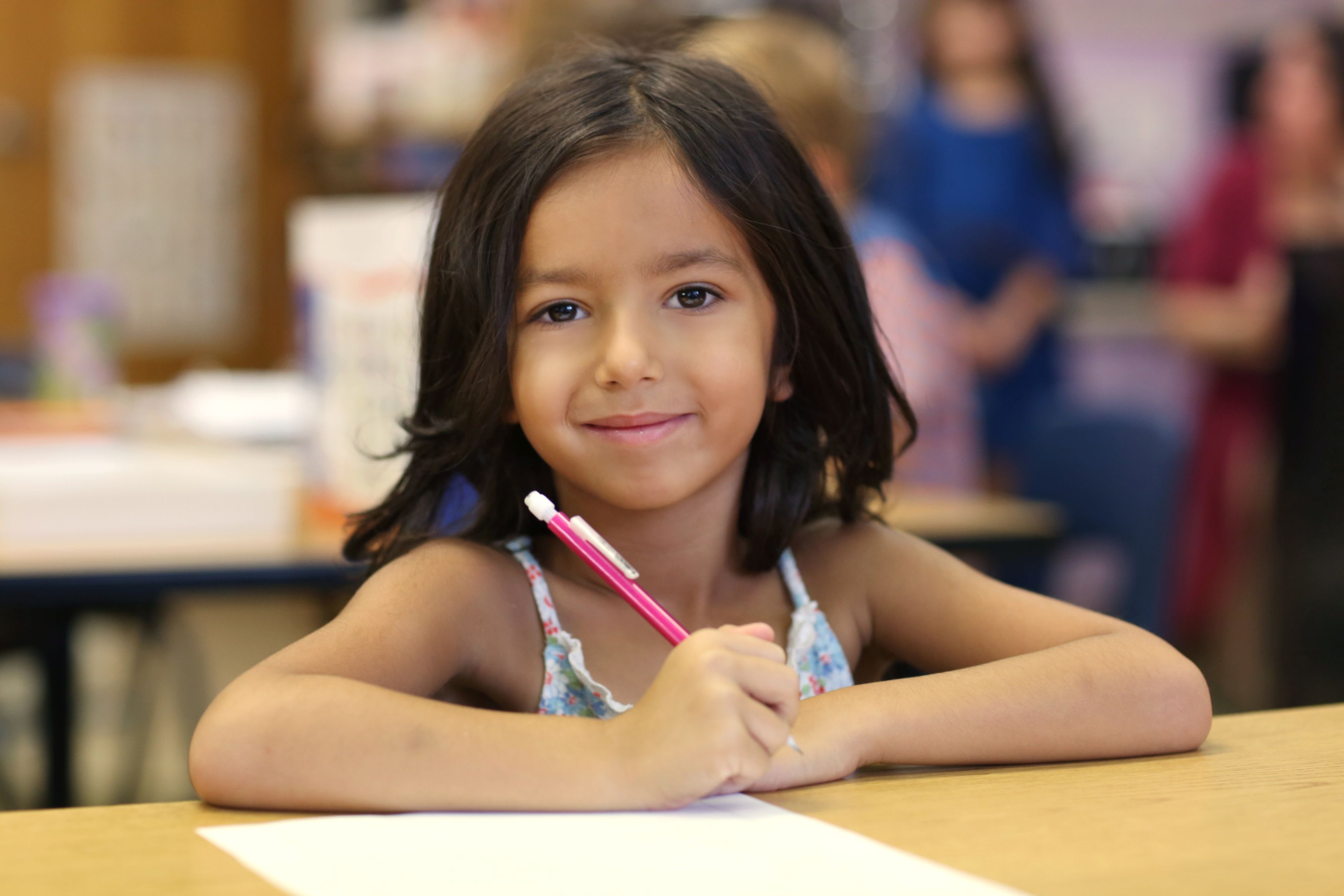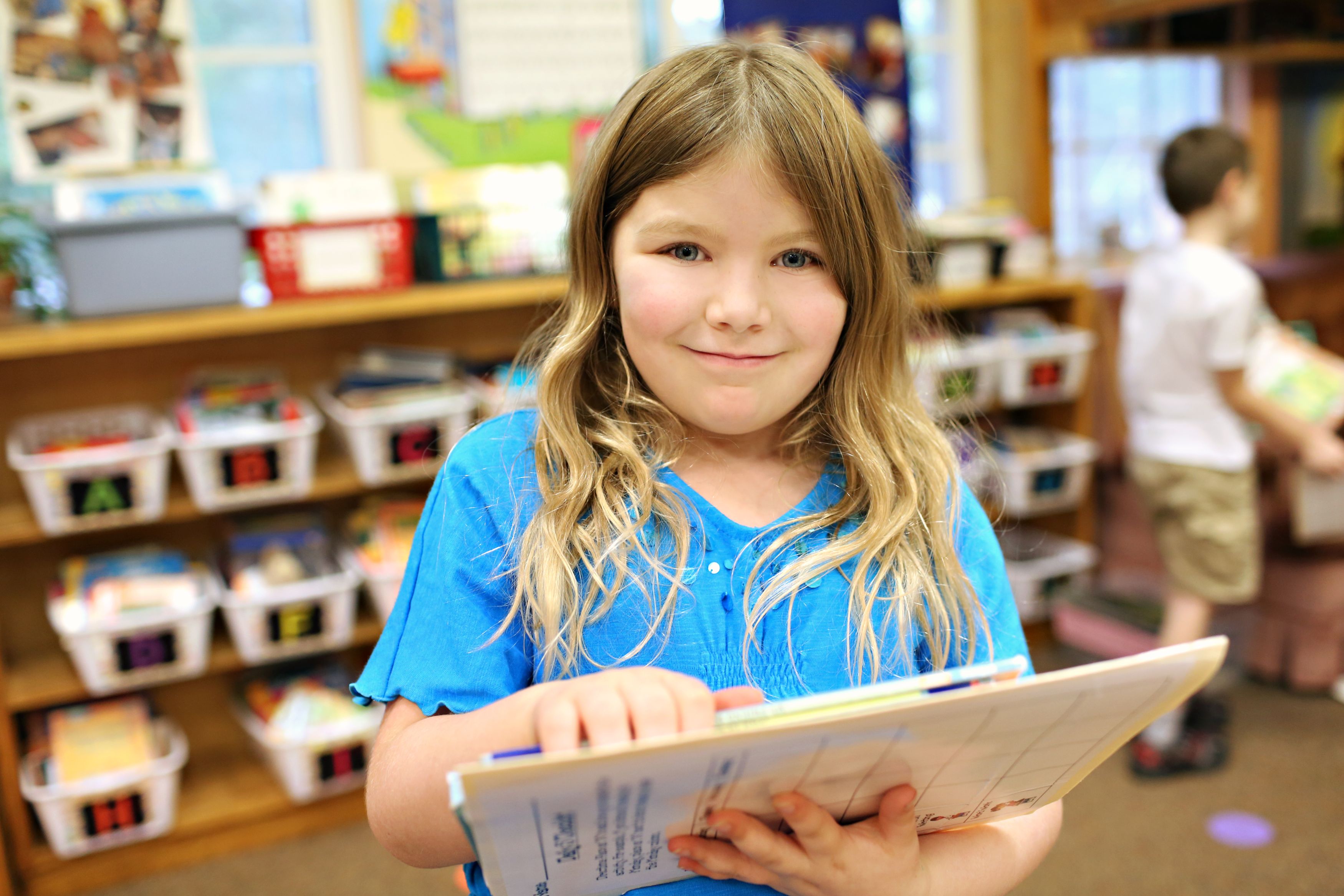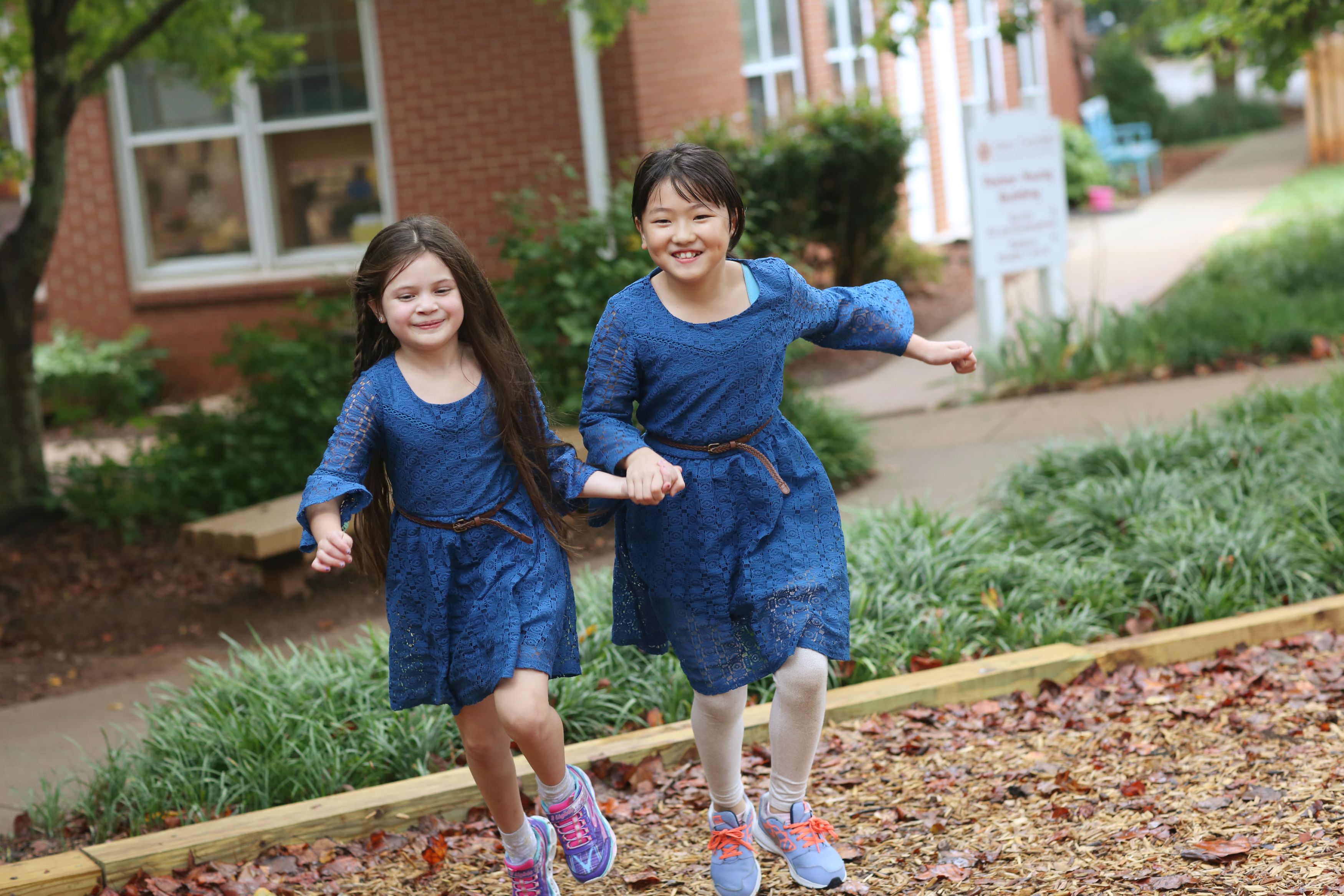Our multi-grade classrooms create a cycle of leadership. When students move to a new classroom, they make new friends and renew friendships with former classmates. Students remain in the same classroom for two years.
See what life is like in Rainbow!
From hands-on experiments and collaborative discoveries in the Rocks unit, outdoor exploration and free play, sharing their learning, and bonding with friends, our first and second grade students thrive in an environment where the wonder and curiosity of childhood is cherished.
A Learning Community
How do you establish a learning community with children who are six, seven, and eight years old?
NGFS students create their classroom rules through a well-thought-out process at the beginning of the school year. Even children at this age have an innate knowledge of what they need to feel safe, valued, and ready to learn. Through discussions, shared books, and activities, our students begin to be able to articulate what they already “know” about themselves. This is an important developmental building block, for now they can begin to appreciate that others may have similar needs. The investment of time in building this awareness is critical. Children become invested in how the rules are worded and what each rule actually means to how they live and work together. The culminating rule-signing ceremony is a celebration of their hard work and of their personal investment in the success of their classroom community.
ACADEMICS
Experiential Learning Through Thematic Units
Ask a first or second grade “Rainbow” student their favorite time of day (other than outside time) and the response will surely be “choice time.” At NGFS, thematic units integrate subjects and content areas. Our hands-on, experiential course of study provides the opportunity for students to apply their knowledge in meaningful ways: an art project teaches a scientific concept; an outside writing activity encourages students to describe the world around them; an apple tasting invites students to graph their favorites and analyze the graph. Thematic units not only encourage collaboration, they address the diverse ways students engage in their work and their world.
MORE THAN CORE
Beyond Core Academics
First and second graders attend each resource class (Art, Music, and PE) twice a week. The content of resource classes may mesh with what is being taught in the regular classroom. For example, for a recent Art project that complemented the class unit study of medieval times, students learned about the purpose of castles, including the use of crenellation on turrets and gothic arches, drawbridges, and moats and incorporated their learning in drawing and paintings. End-of-unit celebrations showcase student work and often integrate Art, Music, and PE resources.
Students enjoy working in small groups to help people and animals in our community. Our students love creating projects to benefit local non-profits, such as the Interactive Resource Center (IRC) and Juliet's House. Students have the opportunity to participate in before and after school clubs, like Chess Club and Drama Club.
BUILDING INDEPENDENCE
Learning Time Management
How do you teach first and second graders about deadlines and managing their time?
Choice time is one of the most popular times of the day; the work done at this time is important to students. There’s required work and optional work. A “top priority” system provides specific due dates for some of the centers, creating a situation in which students have to organize their time and make choices that allow them to meet deadlines. When things are not finished on time, the appropriate consequence of having a teacher make your choices for you is a motivating factor to improve time management the following week.























.JPG)